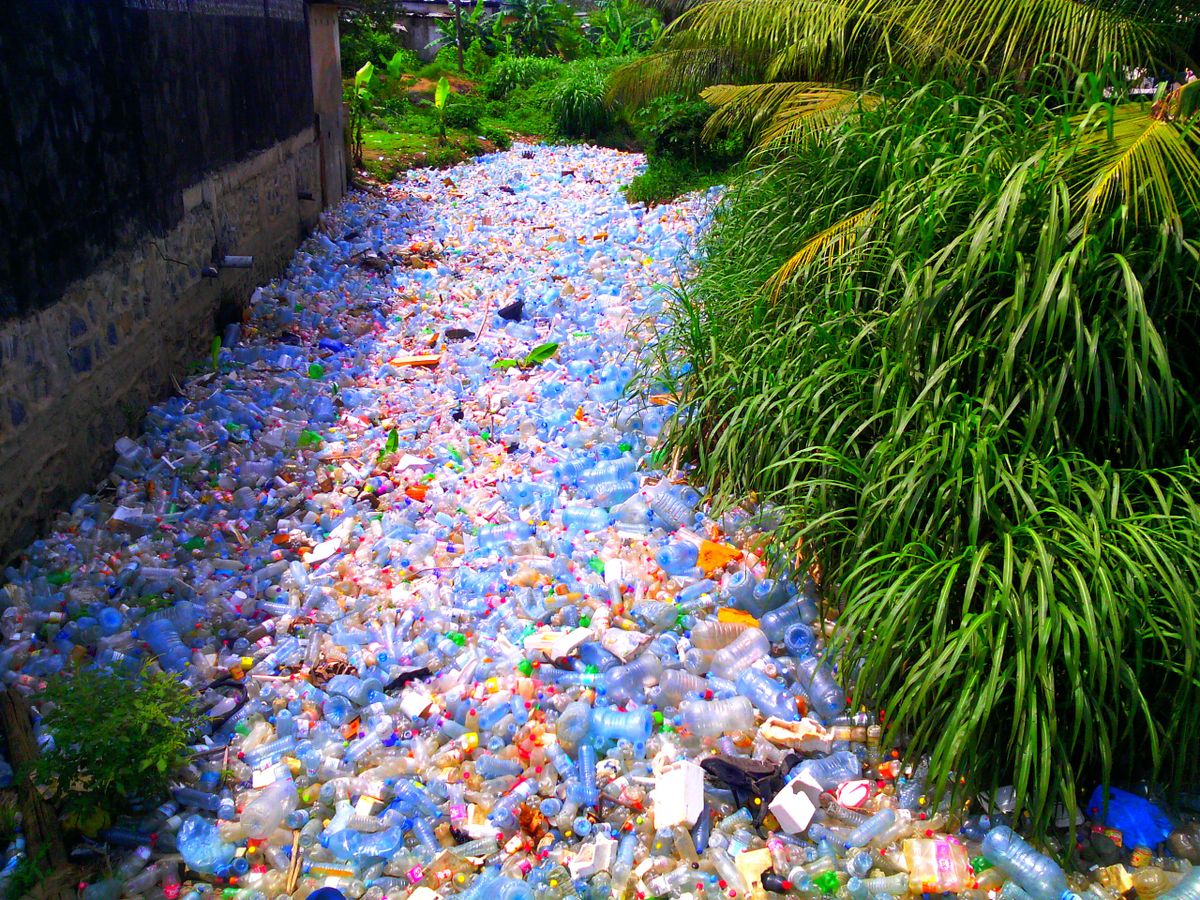If you organized the plastic pollution that entered the environment in 2020 in a line, it could circle the Earth more than 1,500 times. Simply dumped into a pile, the refuse would fill up New York City’s Central Park in a layer as high as the Empire State Building.
Put another way, that’s about 57 million tons (52 million metric tons) of plastic waste that was not properly disposed of—and pieces of it could now be floating in the ocean, sitting at the top of a mountain or even infiltrating your bloodstream. In a new study published in the journal Nature on Wednesday, scientists tallied these numbers, creating the first-ever global plastics pollution inventory.



Also, about 14 lbs person person.